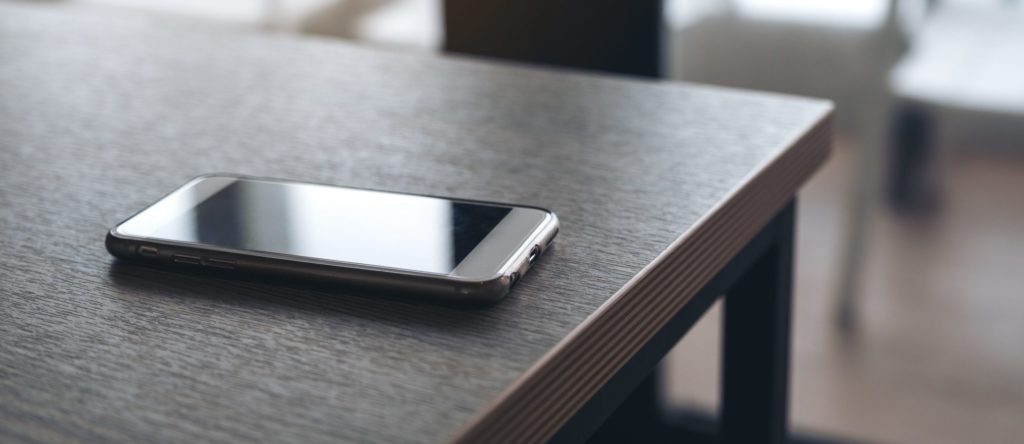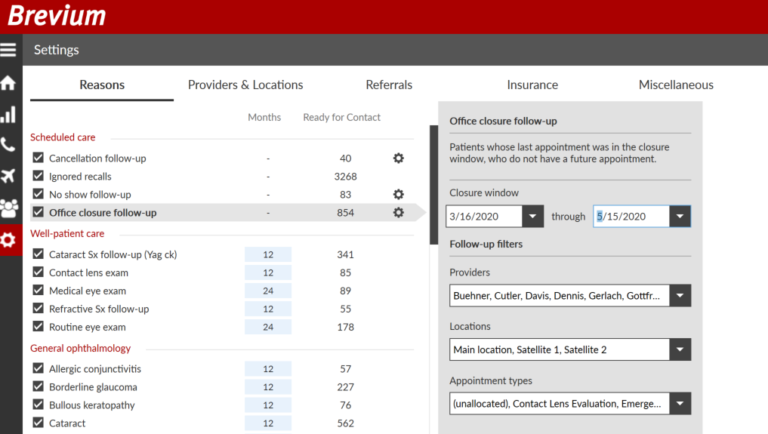The Brevium Blog

What to Do When Patients Stop Responding to Texts
You are missing a large number of patients if you rely on texting as your sole means of communication. Active patients will tell you they prefer texts for patient recalls and appointment reminders; that’s why successful practices have adopted this technology. But what about the large number of patients who have stopped responding altogether? You likely have as many as 1,000 to 2,000 of these out-of-compliance patients per provider. They need your practice’s care, but for any number of reasons, they no longer answer your texts.
A study done in March of 2015 tried to figure out why patients avoid medical care, and their conclusion was widely varied results. However, they did say “Understanding why people do not make it through the clinic door is critical to extending the reach and effectiveness of patient care, and these data point to new directions for research and strategies to reduce avoidance.”
The good news is that you can reach and reactivate many of these patients, and doing so isn’t difficult. You just need to understand the unique challenges you face when reaching out to inactive patients.
You Don’t Have Their Text-Friendly Number
Brevium conducted research called the ALOHA Study to understand the world of inactive patients. When we looked at more than 1,000,000 invitations to inactive patients from actual practices, we found that the practices did not have text-friendly phone numbers for 36 percent of their patients. Their texts were going to a dead end. This can be a critical mistake as many patients use texting as their primary mode of communication.
Linkedin featured an article recently where they talked about how Millennials and Gen Z prefer text messaging to face to face meetings. If you aren’t communicating with patients in a way that helps them feel comfortable, they’ll be less likely to respond to you. Most of these patients likely had cell phones with texting enabled, but the practices had old landline or disconnected numbers on file. When patients aren’t responding, and text messages aren’t working, then try more traditional methods such as phone calls or postcards to reestablish connections.
Texts Lag with the Lowest Conversion Rate for Inactive Patients
Some patients prefer other modes of communication, though. The Brevium study revealed that texts convert only 7 percent of overdue patients, compared to 10 percent for mailers and 14 percent for live calls. Combine these more time-honored methods for even better results. And don’t expect one communication to work miracles. We found that responses increase after each additional contact, with many patients only responding when they have been contacted six or more times.
Don’t Abandon Texts
Despite this bleak picture we have presented, texts are an effective way to communicate with your active patients, and they can be effective with some of your inactive patients, too. Because they are the easiest and least expensive way to communicate, we recommend that you start your patient reactivation campaign with a text to each patient. For patients who don’t respond, our data indicates that you should then try emails, autocalls, mailers, and even live phone calls. Employing this full suite of communications is the key to reaching this lost segment of your patients.














